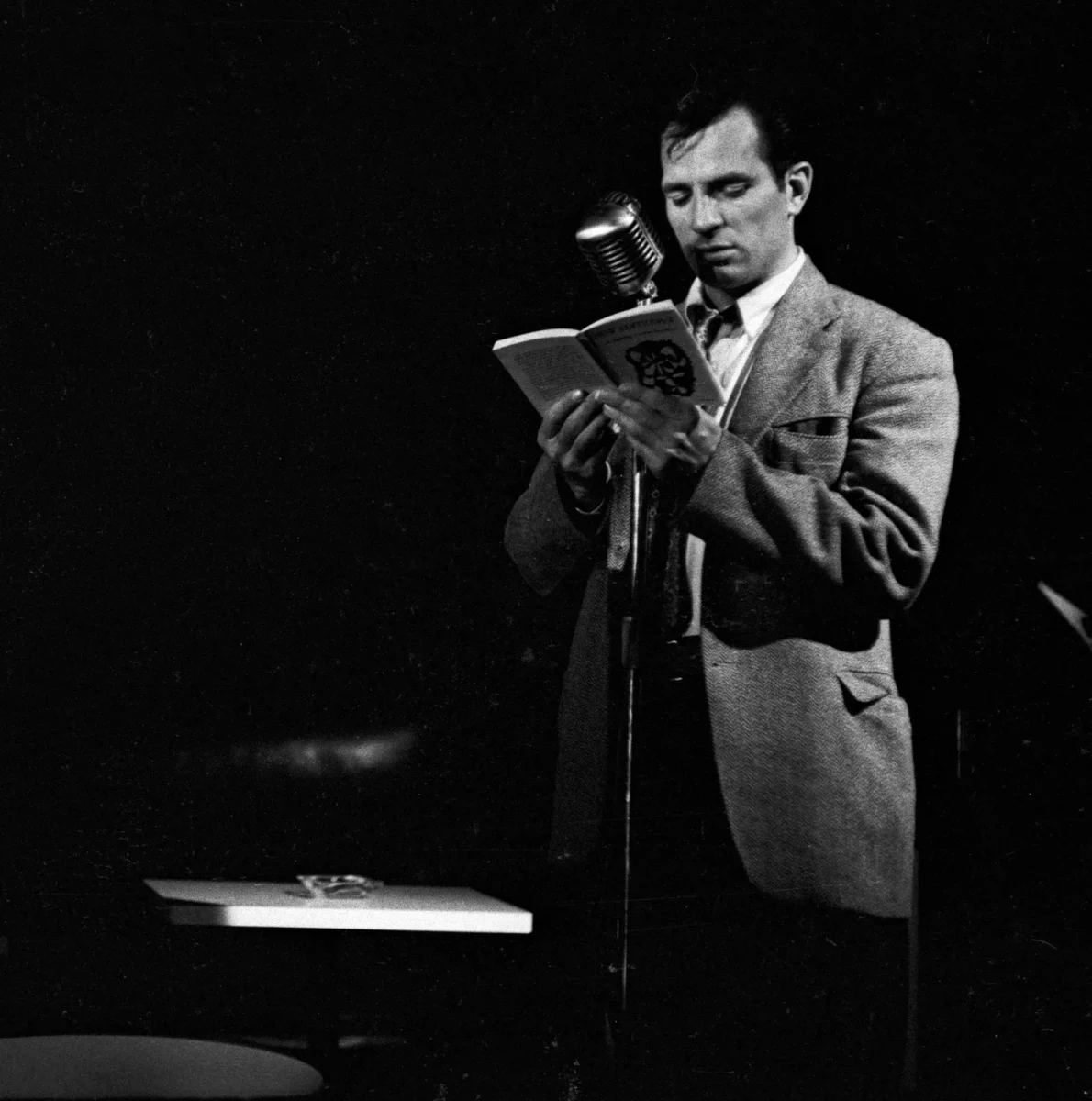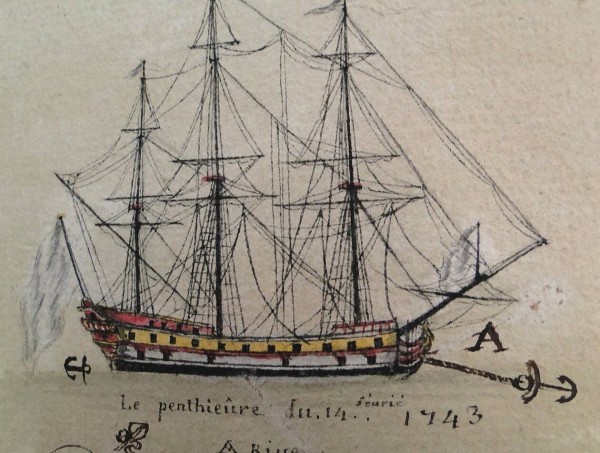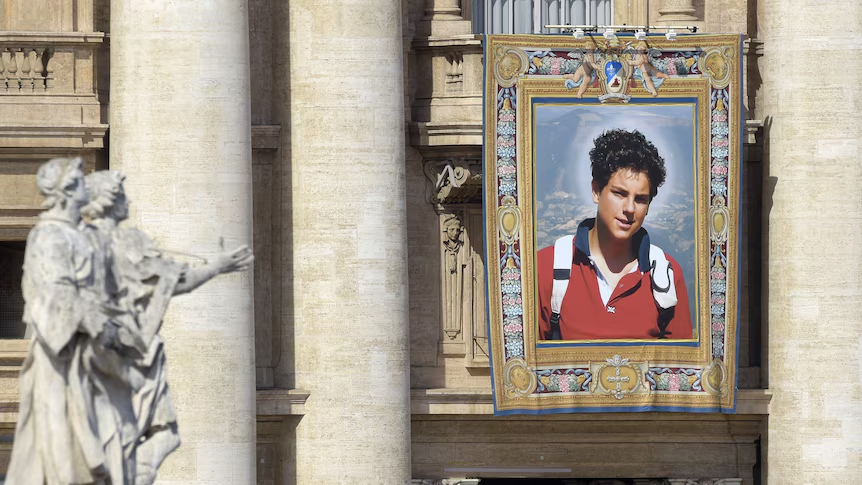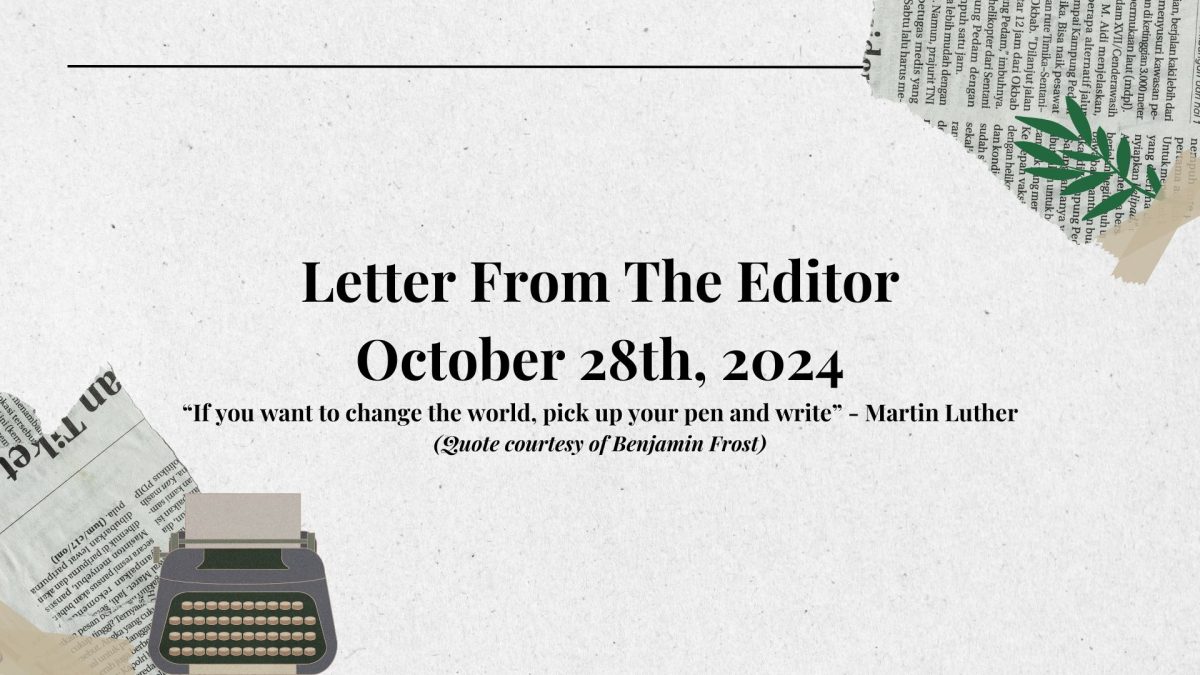The winds howled and the sky was likely pitch black, except for occasional lightning strikes streaking through the clouds like knife wounds. We do not know if the sailors, or their captain, were aware of their impending death. But they were certainly afraid when they heard the deafening crash and the noise of broken wood, and when they saw water invading their ship, snaking over the deck. We do not know their last thoughts while they stared into the dark and greenish waters swallowing them; maybe they were thinking about their wives, sisters, brothers, maybe children. They certainly were not imagining that their deaths were only the beginning of a saga that looks more like the screenplay for an adventure/thriller film than a true story.
More than a century later, Gay Courter, an American writer, and her husband Philip Courter, a film producer, are waiting for their passports to be checked as they look at the blue sky and picture in their minds the beautiful holiday they are going to spend at sea. Suddenly, the policeman asks them to follow him. It is then that they find out that an Interpol arrest warrant for possession of illegal “French gold” hangs over them. The only detail that the investigators mention is the name “Prince de Conty.”
The thread through these two shocking and seemingly unconnected narratives is a French mercantile vessel sank in 1746, and gold stolen from it, in a tale that reads as both an exciting adventure and a sad commentary on the phenomenon of looting.
The story begins in the year 1745 when the ship Prince de Conty sets out from a French port to trade in China. After the long and perilous journey circumnavigating Africa and crossing Indonesia, the ship reached the island of Whampoa, the only place where European traders were allowed to operate. There, the ship was filled with tea, silk, and porcelain, as well as various spices. These were the main products The Chinese Empire exported to early European nations. The ship then heads back home during another harrowing journey. Just as they are reaching France, the sailors’ fortune takes a turn for the worst: a storm breaks out, and the ship crashes over the rocks. All of the crew dies on the shipwreck, and the load they carried is lost beneath the waves.
Several centuries of European and world history later, a Norman (from Normandy, a region of France) professor and archivist, Patrick Lize, developed an authentic obsession for underwater archeology. In his research, he finds documents relating to the Prince de Conty, including rough coordinates of where it sank. In 1974, Lize and several friends and relatives decide to play Indiana Jones and make an expedition to the place. They are unsuccessful. But that same year, Lize finds a more precise map and organizes a second expedition. This time, as the would-be treasure hunters wade in the vast abysses of dark-bluish waters, float over the sand-covered sea bottom, and push away algae, they spot the wreck. They start recovering objects such as compasses, or cannonballs… when suddenly, they spot a yellow-gold object. There’s no doubt: it’s a gold bar. Then, what started out as a relatively well-meaning pastime becomes a plunder.
Over the next few summers, over ten divers take the ship apart. They are headed by Lize, who obtained an authorization for the French Department for maritime and underwater archeology after presenting the seemingly noble purpose of “recovering pieces of historical artillery.” Among them, there is also a photographer named Yves Gladu. However, their true objective is the gold within the ship. Their frenetic activities grab the attention of the local residents, who call the police. Worrisome details start to emerge, most notably two golden bars and the discovery of a numismatic to whom Lize had proposed to buy ten more bars. The authorities task archeologist Michel L’Hour to investigate, and what he finds makes him suspect that the Prince de Conty has been a victim of looting, a phenomenon in which people who have not trained archeologists take objects away from an archeological site and often try to sell them.
Looting can vary in its scope and level of organization, from tourists pocketing “souvenirs” out of sites to large-scale plundering operations, as well as smaller-scale but still organized expeditions like Lize’s. Specifically, fifteen bars were recovered from the ship and scattered by the looters, either by gifting them to friends and relatives or selling them. In retracing these objects, L’Hour faces a Herculean task. The investigations stall for decades, until 2017, when he receives, from an informant, a strange email. The email contains a picture of the golden bars shot at their original underwater location and a video in which a mysterious woman tries to sell these golden bars, stating that they come from Cape Verde, a lie which, according to an interview with journalist Hugo Wintrebert, he unmasked due to the presence of a starfish not found in the depths announced in the video. The woman also mentions that the bars are currently kept by “Philip and Gay Courter.”
To understand all this, we need to introduce four new characters to our drama: Gerard Pesty and his wife Annette, a pharmacist and a lab researcher who, in 1999, decades after Lize’s initial loot, move close to the Courter family, and establish a deep friendship with them. The Pesty were also friends with Yves Gladu since Annette is his sister-in-law. It is due to this friendship that, when Gerard asks Gay and Philip Courter to keep some golden bars for them as they search for a buyer, they accept. Strange as it might seem, laws surrounding the trace of gold in the United States were relatively lax if compared to other countries, and thus the Courter didn’t ask questions. It was Annette who made the video that was later sent to Michel L’Hour, as the archeologist finds out after tracking the Courter family from the video, resulting in their arrest by the Interpol. As soon as they realized that had been swallowed in an international crime, the American couple decided to collaborate.
The Gladu and Pesty couples were arrested in 2021 in Brest, France. Yves Gladu finally reveals that, during the initial expeditions, he dived by himself, recovered a chest with fifteen golden bars, and kept it until he, his wife, and the Pesty decided to sell them. They also admit to having sold some bars to the British Museum of London which, however, has not responded to requests on the part of the French government to investigate their origin. The final trial will be held at an unspecified date this year. Meanwhile, Michel l’Hour continues investigating and finding golden bars all over the world, while other archeologists struggle to protect the wreck itself from more looting. This story is an example of the recent spike in looting across many countries, such as France and Italy, which have a vast archeological heritage that is vulnerable to being stolen or damaged. It also points out the lax national and international laws, both in the United States and Europe, which allow this phenomenon to flourish. As looting endangers the cultural heritage of countries and modern understandings of their histories, more efficient laws and enforcement need to be put in place.
Meanwhile, beneath the waves and in the abysses near Normandy, the ship Prince de Conty still lies, as if frozen in time. Its metal, its compasses, cannonballs, and remains of mast and helm are oblivious to the actions and thoughts of those ephemeral beings that surround it and the clamor they make and will rest in their bed of sand, algae, fish, and water.
BIBLIOGRAPHY
Wintrebert, Hugo; Mahe, Vincent, The Treasure of the Vanished Ship (transl. from Italian), Vanity Fair Italia, Jan 2025







































